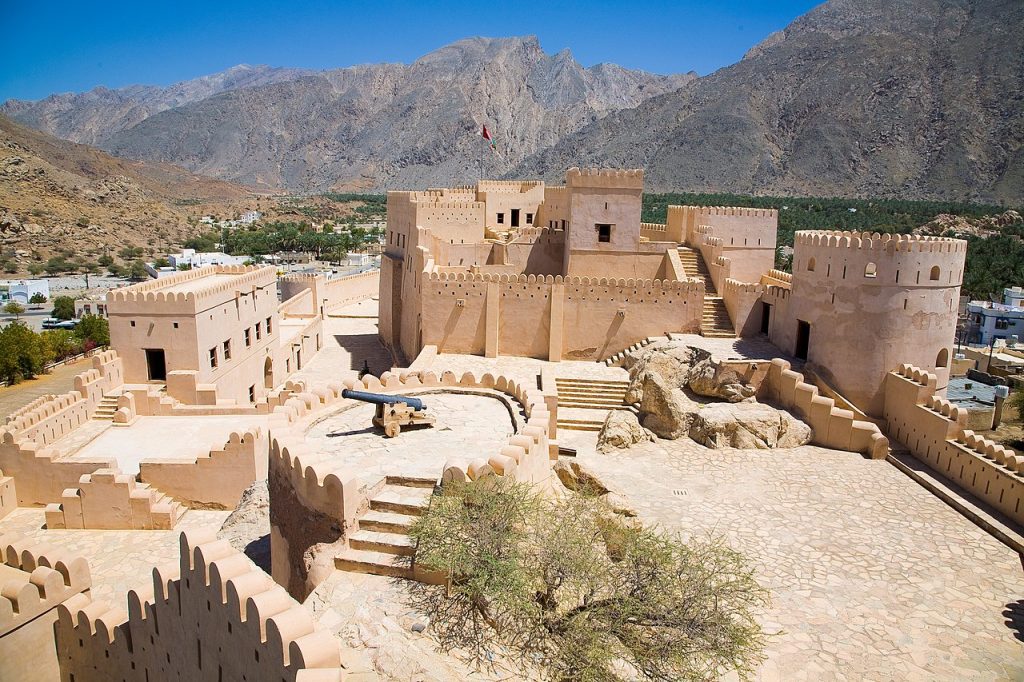Ever wondered where Dubai’s desert whispers secrets of ancient trade routes? Hidden among its glittering skyscrapers lie forgotten caravanserais—once bustling hubs where merchants traded spices, pearls, and stories. Let’s uncover these silent witnesses to history, blending practical tips with local lore.
AL FAHIDI FORT
Where Sandstone Walls Echo Ancient Trade
Dubai’s oldest standing structure, Al Fahidi Fort, dates to 1787. It served as a defensive stronghold and a resting spot for Bedouin traders. Wander through its coral-clad walls to glimpse traditional Arabian weaponry and pearl-diving tools. The fort’s wind towers, early Emirati air conditioning, showcase ingenious desert adaptation. Visit early mornings to avoid crowds and capture golden-hour photos. Entry is free, but check Dubai Museum’s website for temporary closures during cultural events.
AL BASTAKIYA
A Labyrinth of Forgotten Merchant Houses
Nestled beside Dubai Creek, this 19th-century neighborhood housed Persian merchants trading textiles and dates. Its narrow lanes and barjeel (wind towers) remain eerily preserved. Peek into art galleries in restored homes, like XVA Gallery, which doubles as a boutique hotel. Local tip: Friday mornings host quiet exploration, while evenings buzz with café chatter. Don’t miss the Sheikh Mohammed Centre for Cultural Understanding for guided heritage walks.
HATTA HERITAGE VILLAGE
Mountainside Oasis of Silent Souks
Two hours from Dubai, Hatta’s restored village reveals a 16th-century caravanserai. Farmers here traded dates and camels with Oman-bound caravans. Climb the watchtower for panoramic views of the Hajar Mountains. The adjacent falaj irrigation system, a UNESCO-listed engineering marvel, still waters date palms. Pack hiking shoes—trails like Hatta Dam offer rugged beauty. Entry: 5 AED; open 8 AM–6 PM.
JAZIRAT AL HAMRA
Ghost Town of Pearl Divers
Near Ras Al Khaimah, this abandoned 14th-century village once thrived on pearl trade. Crumbling coral houses and a haunting mosque evoke its past. Local legends speak of jinn (spirits) guarding lost pearls. Photography buffs adore its golden-hour shadows. Wear sturdy shoes—broken pottery litters the sand. No entry fee, but carry water and a GPS; signage is sparse.
DUBAI CREEK
Waterway of Whispers
Before skyscrapers, dhows laden with Iranian carpets and Indian spices docked here. Charter an abra (wooden boat) for 1 AED and glide past Al Seef’s recreated souk. The creek’s east bank hides Al Khor Hotel, a 1970s relic now popular with urban explorers. For context, visit the nearby Coin Museum, displaying Ottoman-era trade currency.
RAS AL KHOR WILDLIFE SANCTUARY
Where Caravans Met Migratory Birds
This wetland, once a pitstop for traders, now hosts flamingos. The 18th-century watchtower here monitored incoming ships. Birdwatchers flock here October–March. Bring binoculars—entry is free, but the sanctuary closes Fridays. Pro tip: Combine with a visit to the nearby www.few.ae editor-recommended Alserkal Avenue for a culture-nature blend.
AL BITHNAH FORT
Guardian of Fujairah’s Trade Routes
Overlooking Wadi Ham, this 18th-century fort protected copper traders from mountain raiders. Its hexagonal design is unique in the UAE. Climb to the rooftop for wadi views, but watch for loose stones. Local guides share tales of Ottoman-era raids. Entry: 10 AED; open 8 AM–5 PM.

AL AIN OASIS
Silent Sands of the Bronze Age
A UNESCO site, Al Ain’s 3,000-year-old falaj system sustained caravans en route to Oman. Rent a bike to explore shaded date farms and mud-brick watchtowers. The Al Ain Palace Museum, once Sheikh Zayed’s home, details Bedouin trade traditions. Avoid midday visits—summer temps hit 45°C.
SHARJAH’S HEART OF SHARJAH
Resurrected Markets of the 1820s
Sharjah’s restored souk area replicates 19th-century trade life. The Bait Al Naboodah house displays pearl merchants’ diaries. Fridays offer free Arabic coffee tastings. Local rule: Dress modestly—shoulders and knees covered.
FUJAIRAH’S AL-BADIYAH MOSQUE
Oldest Mosque on Forgotten Paths
Dating to 1446, this mosque served traders traveling between the Gulf and Indian Ocean. Its stone walls and palm-frond roof withstand coastal winds. Remove shoes before entering, and respect prayer times. Nearby, the Fujairah Fort hosts pottery workshops—book ahead via UAE Ministry of Culture.
www.few.ae editor tip: Many sites lack cafes—pack snacks. Respect “Do Not Enter” signs; unstable structures abound. For deeper insights, join the Emirates Historical Society’s monthly tours. Dubai’s caravanserais aren’t just ruins—they’re portals to a time when the desert hummed with barter and tales. Ready to trace the footsteps of camel trains?


 then "Add to Home Screen"
then "Add to Home Screen"